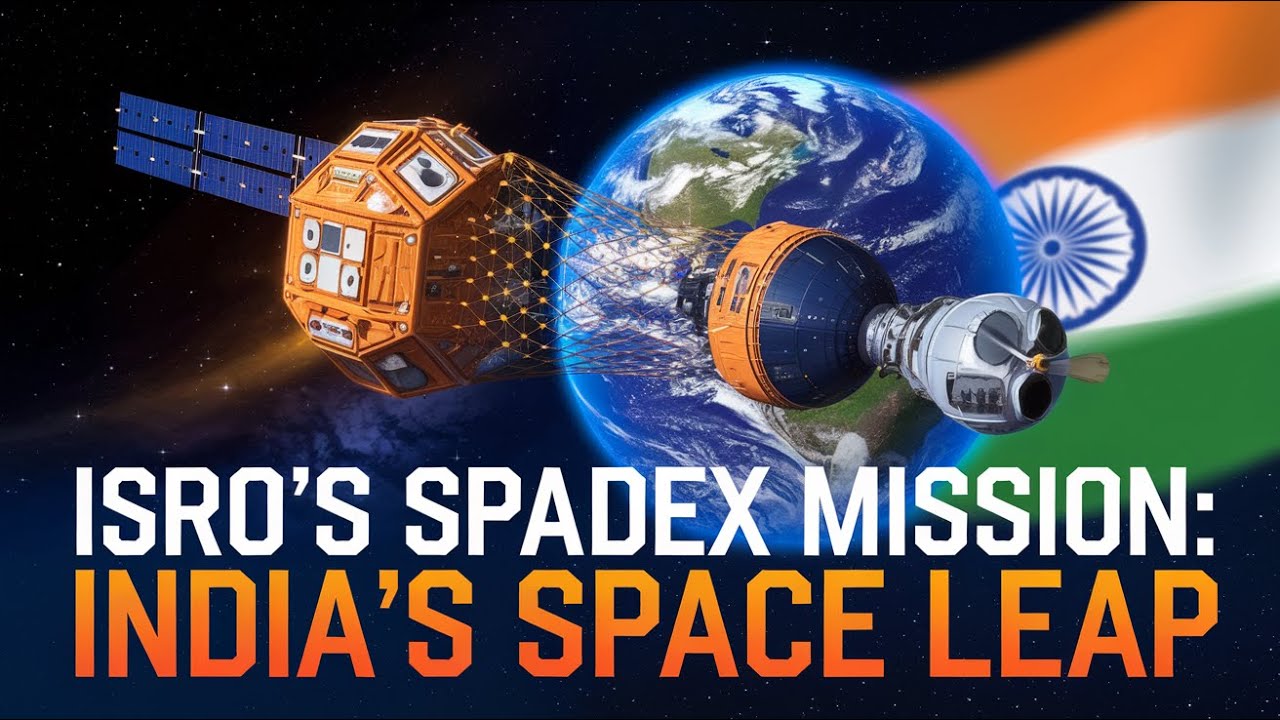In a landmark achievement that marks a significant milestone for India’s space program, the Indian Space Research Organisation (ISRO) has successfully executed the Space Docking Experiment (SpaDeX), docking two satellites
All posts tagged in SpaDeX
2Articles
In a landmark achievement for India’s space program, the Indian Space Research Organisation (ISRO) successfully launched the PSLV-C60 mission carrying the Space Docking Experiment (SpaDeX) on December 30, 2024. This







